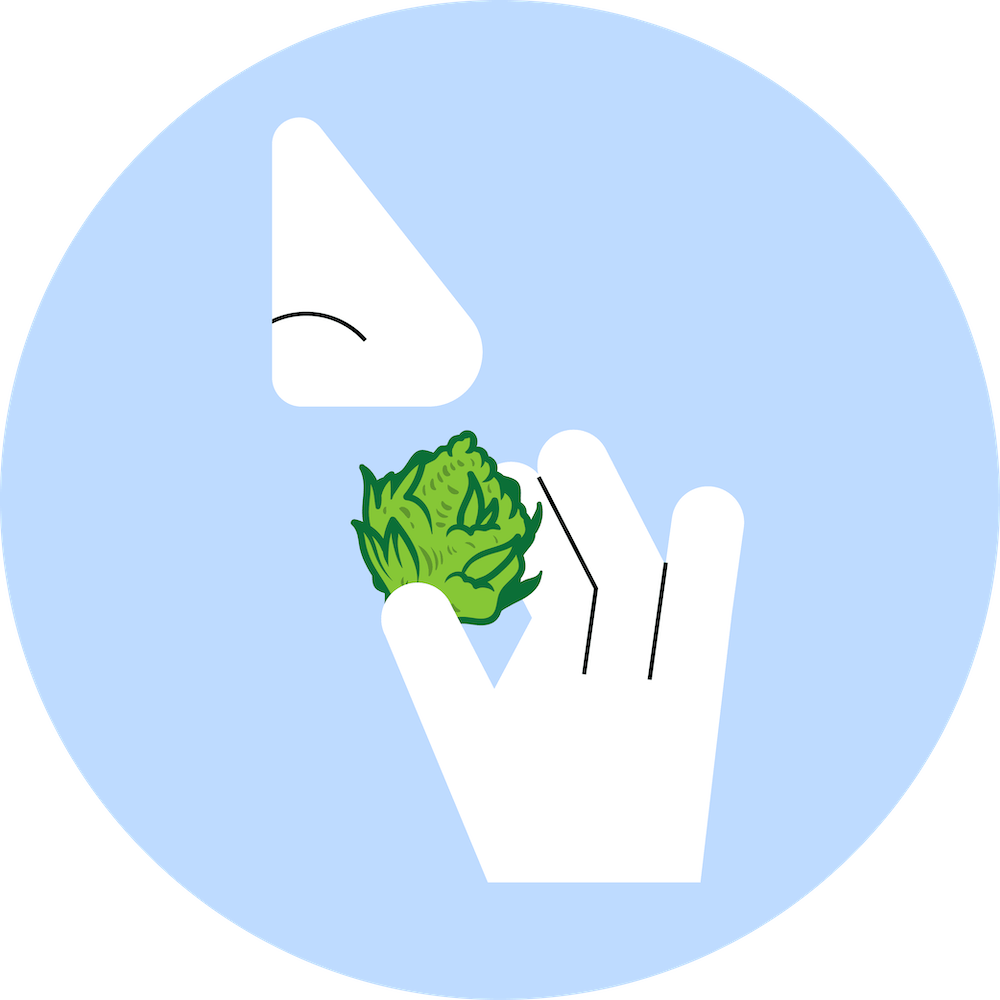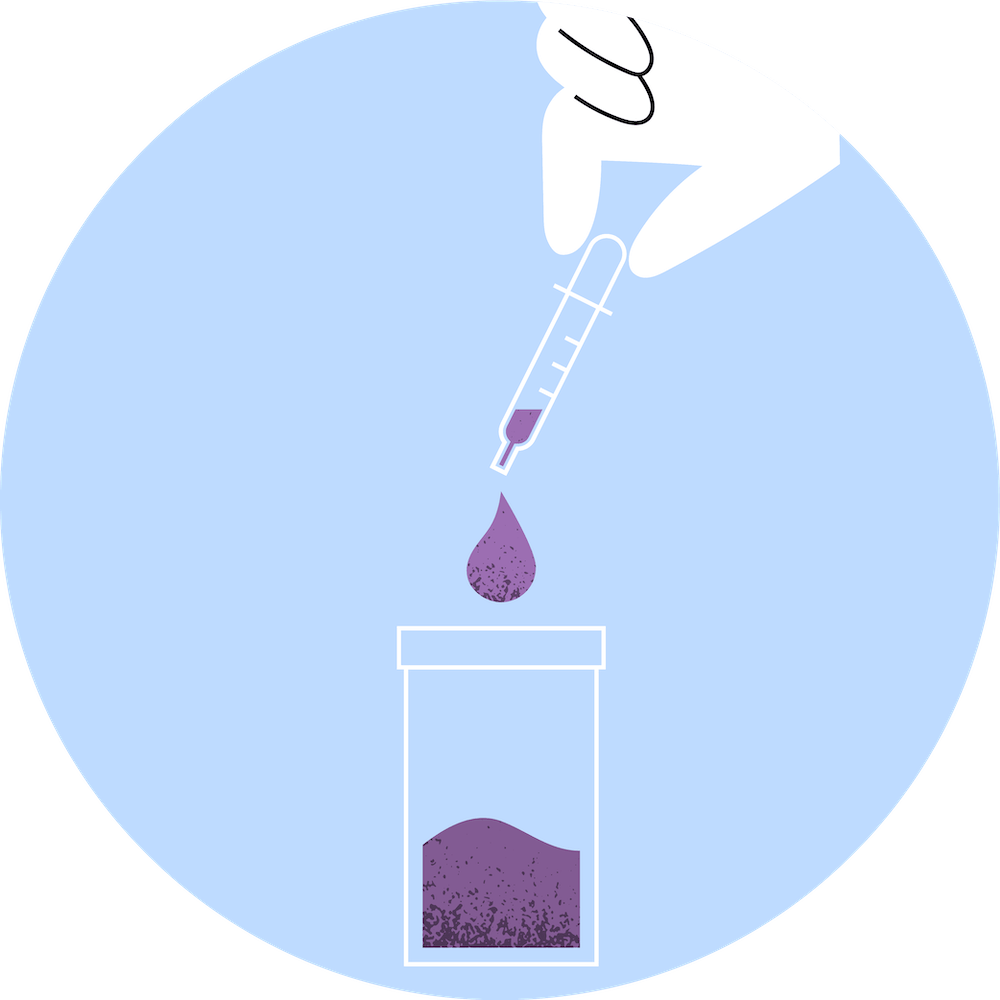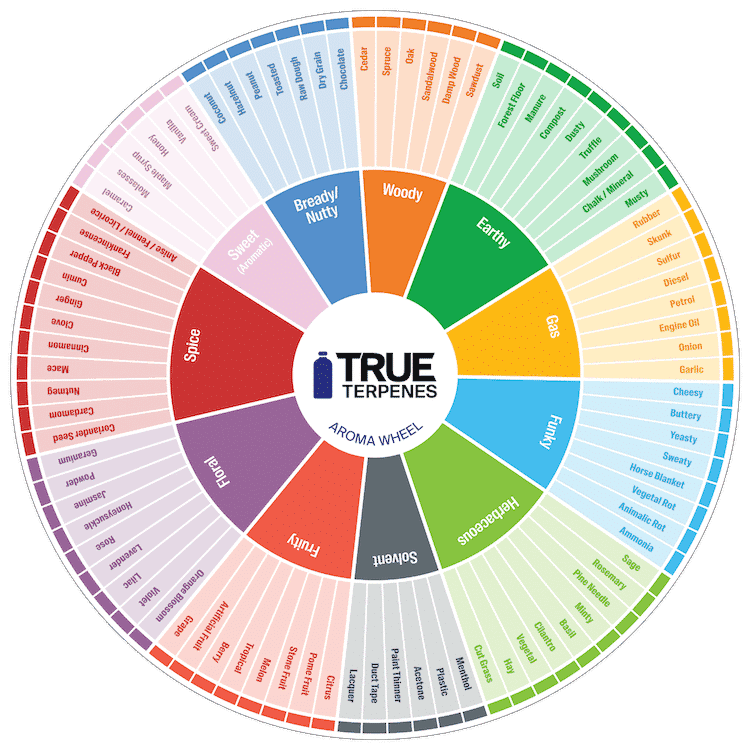SENSORY SCIENCE
Incredible Flavor Begins with Sensory Analysis
Tools to incorporate sensory science into your process.
Why Sensory Science Matters
No piece of equipment is as sensitive to aromatic nuance as the human nose or as adept at recalling a flavor note as the human brain. That's why sensory science drives our formulation and why we're working to create a sensory lexicon for the cannabis industry. Here are a few ways you can leverage sensory science to inspire product development and grow your business.
Identify the elements of each strain's unique flavor profile
Establish touchstones of aroma and flavor for your team and customer base
Detect faults in flower and other applications
Perform a QA check at each stage of production

Sensory Notes
Flavor and aroma descriptors to help dial in your analysis and inform your product development.
Fruit
Citrus, Pome Fruit, Stone Fruit, Melon, Tropical, Berry, Artificial Fruit, Grape
Floral
Orange Blossom, Violet, Lilac, Lavender, Rose, Honeysuckle, Jasmine, Powder, Geranium
Spice
Coriander Seed, Cardamom, Nutmeg, Mace, Cinnamon, Clove, Ginger, Cumin, Black Pepper, Frankincense, Anise/Fennel/Licorice
Sweet
Caramel, Molasses, Maple Syrup, Honey, Vanilla, Sweet Cream
Woody
Cedar, Spruce, Oak, Sandalwood, Damp Wood, Sawdust
Earthy
Soil, Forest Floor, Manure, Compost, Dusty, Truffle, Mushroom, Chalky/Mineral, Musty
Gas
Rubber, Skunk, Sulfur, Diesel, Petrol, Engine Oil, Onion, Garlic
Funky
Cheesy, Buttery, Yeasty, Sweaty, Horse Blanket, Vegetal Rot, Animalic Rot, Ammonia
Herbaceous
Sage, Rosemary, Pine Needle, Minty, Basil, Cilantro, Vegetal, Hay, Cut Grass
Solvent
Menthol, Plastic, Acetone, Paint Thinner, Duct Tape, Lacquer
How we perform sensory analysis
Build your library of sense memory and power of recall. All it takes is a little practice. Not sure if something lines up? Compare to a real-life sample. Grab a lemon from the fridge, pick some grass from the yard, or step down into the basement for some mustiness.

Sensory analysis of flower
Snap the flower in your fingers and allow some volatiles to disperse. Waft (or inhale closely if the scent is faint) until you have a sense of the front, middle, and back notes.

Sensory analysis of terpenes
When performing sensory analysis on aromatic liquids like terpenes, don't smell directly from the bottle. Instead, dip or drip a small amount of liquid onto a test strip. Waft the strip from various distances until you've gotten a complete picture, then label the strip with the name of the sample.

Using the Aroma Wheel
With the aroma fresh on your mind, check the Aroma Wheel. Start from the inner ring, where you'll find the most general categories like Fruit, Gas, or Floral. Work your way to the outside of the wheel, looking for the elements that resonate with your experience. Keep the sample close by in case you need to take another sniff to narrow in on the aroma.
Sensory Team
Experts in the field of Sensory Science collaborate with industry innovators in our unique sensory-driven approach to formulation and product development.

Vaishnavi
Head of Product Design & Applications

Drew
Head of Regulatory Affairs & Product Innovation

Lance
Director, Product Development

Darius
Director, Manufacturing Operations

Megan
Lead Formulation Chemist
Ready to launch the best tasting products on the market?
Reach out to our team to get started today.
